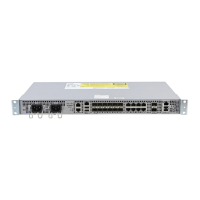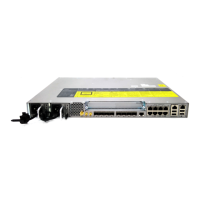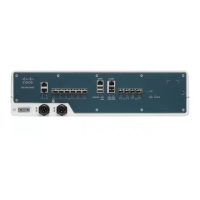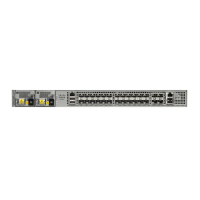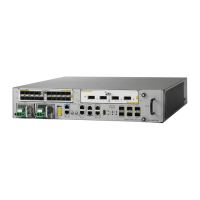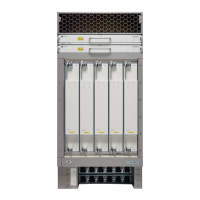CHAPTER 2
Configuring Resilient Ethernet Protocol
This chapter is not applicable for Cisco ASR 900 RSP3 Module.Note
The Resilient Ethernet Protocol (REP) is a Cisco proprietary protocol that provides an alternative to the
Spanning Tree Protocol (STP). REP provides a way to control network loops, handle link failures, and
improve convergence time. It controls a group of ports connected in a segment, ensures that the segment
does not create any bridging loops, and responds to link failures within the segment. REP provides a basis
for constructing complex networks and supports VLAN load balancing.
The convergence value is improved from Cisco IOS XE 3.17 release.Note
•
Restrictions for Resilient Ethernet Protocol, page 9
•
Information About REP, page 10
•
How to Configure REP, page 18
•
Configuration Examples for REP, page 32
•
Additional References, page 34
•
Feature Information for Resilient Ethernet Protocol, page 35
Restrictions for Resilient Ethernet Protocol
•
You must configure each segment port; an incorrect configuration can cause forwarding loops in networks.
•
REP can manage only a single failed port within the segment; multiple port failures within the REP
segment causes high loss of network connectivity.
•
You should configure REP only in networks with redundancy. Configuring REP in a network without
redundancy causes loss of network connectivity.
•
Use LSL timers greater than 280mseconds to avoid REP flaps with IGMP snooping.
•
Use LSL timers of 520mseconds to avoid REP flaps.
LAN Switching Configuration Guide Cisco IOS XE Everest 16.5.1 (Cisco ASR 900 Series)
9

